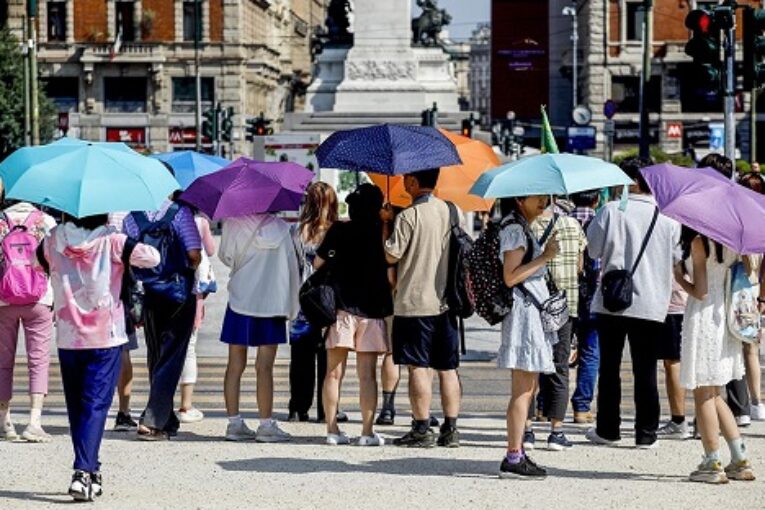
Heatwaves intensified across southern and Eastern Europe, Asia, and much of the United States yesterday as the World Meteorological Organisation (WMO) warned of an increased risk of deaths due to the extreme weather.
Across the U.S., Americans grappled with a medley of extreme weather, from blazing heat to wildfire smoke-choked air and flood warnings, with a tropical storm headed for the Pacific island state of Hawaii yesterday afternoon.
The southwestern city of Phoenix, Arizona, exceeded 110 degrees Fahrenheit (43 Celsius) for the 19th day in a row, breaking its all-time record of 18 straight days over 110.
In the northeastern state of Vermont, thunderstorms were expected to drench areas already saturated from recent torrential rainfall, and potentially cause more floods like the ones that overwhelmed roadways and trapped people in their homes last week.
The Mediterranean island of Sardinia could see highs of more than 47 Celsius (116 Fahrenheit) and forecasters said, temperatures could hit 40 degrees (104 Fahrenheit) in several Italian cities, including 42-43 degrees Celsius in the Lazio region that includes Rome.
With baking temperatures hitting Europe during the peak summer tourist season, the WMO said the heatwave in the northern hemisphere was set to intensify. An estimated 61,000 people may have died in heatwaves last year in Europe alone.
The World Health Organisation’s regional director for Europe, Hans Henri P. Kluge, said the world must look ahead while adapting to the “new reality” of killer heatwaves and other extreme weather.
“There is a desperate and urgent need for regional and global action to effectively tackle the climate crisis, which poses an existential threat to the human race,” he said.
The EU’s emergency response coordination centre issued red alerts for high temperatures for most of Italy, northeastern Spain, Croatia, Serbia, southern Bosnia and Herzegovina, and Montenegro.
Heatwaves this summer, which saw temperatures climb to 127 degrees Fahrenheit (53 degrees Celsius) in California’s Death Valley and over 52 Celsius (126 degrees Fahrenheit) in China’s northwest, have coincided with wildfires from Greece to the Swiss Alps and deadly flooding in India and South Korea.
They have added fresh urgency to talks this week between the United States and China, the world’s top greenhouse gas polluters.
U.S. climate envoy John Kerry met Chinese officials in Beijing and expressed hope that climate cooperation could redefine troubled ties between the two powers.
-Thenation




